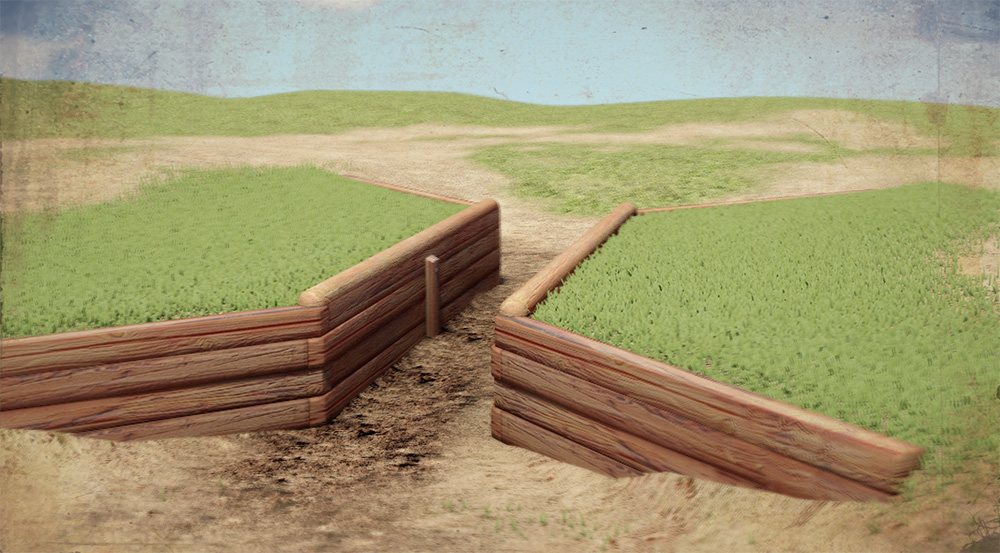2026 Clinician Academy
Learn MoreLocation

Having obstacles to work your horse over keeps training sessions fun and interesting for you and him. Plus, it allows you to work on practical skills you’ll need when you’re out exploring trails.
If you’ve got a set budget to work with or only a limited area in which to build a course, there are six obstacles that’ll get you the most bang for your training. The first obstacle I recommend is a log circle, which I covered in a previous article, and the second is a small gully.
Small Gully
Exposes: How your horse handles a change of depth. Horses naturally have poor depth perception. It is hard for a horse to tell how far away an object is, or how deep it is, particularly when it is close to him. Many horses will stop at the edge of a gully and tilt their heads to the side and snort at it. That’s the horse trying to see the object from a better angle. Because of his vision, it’s hard for him to tell whether the gully is 3 feet deep or 100 feet deep. Add to that the fact horses have a tendency to feel claustrophobic when they’re in a tight, narrow space, such as a gully, and it can be difficult to get a horse to confidently cross or walk through a gully.

Dimensions: My small gully is 12 feet long, 2 feet wide and 2½ feet deep. The gully you make can be as long, wide, narrow or steep as you’d like. Keep in mind, though, that the narrower and steeper the gully is the scarier and more challenging it will be to your horse. Because they are prey animals, horses hate tight, narrow spaces where they feel trapped and claustrophobic.
I recommend placing wood on the sides of the gully to keep it from washing out. If you don’t, over time with use, it will slowly cave in and you’ll end up having a wider, shallower gully.
Practical Application: As you’re riding your horse on the trail, you’ll come upon some small gullies or ditches that you’ll want your horse to go across, or even walk through. Unless your horse is trained to confidently pick his way through a gully, he’s likely to pitch a fit.
Looking for more training tips? Check out the No Worries Club. Have a training question? Send it to us at [email protected].